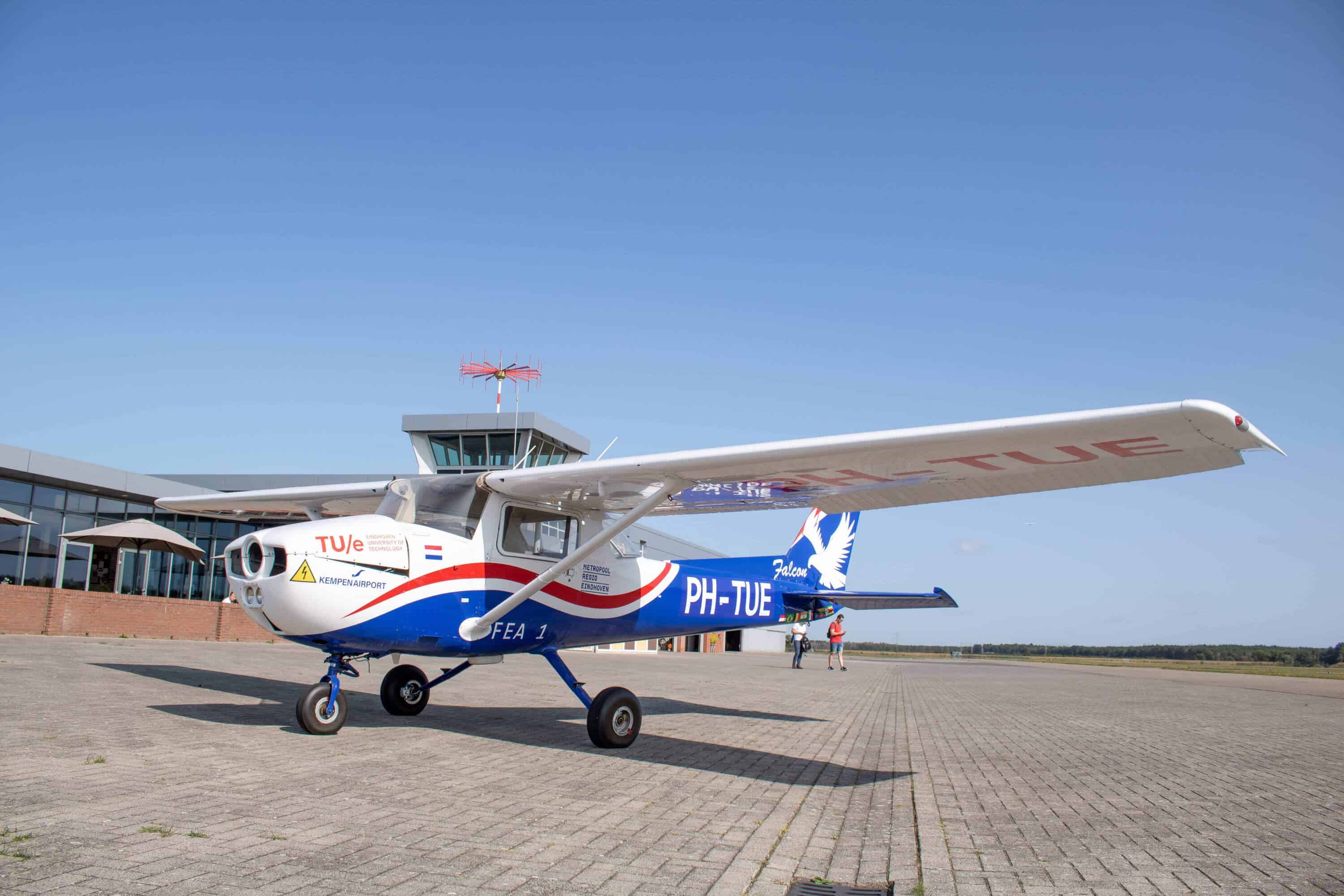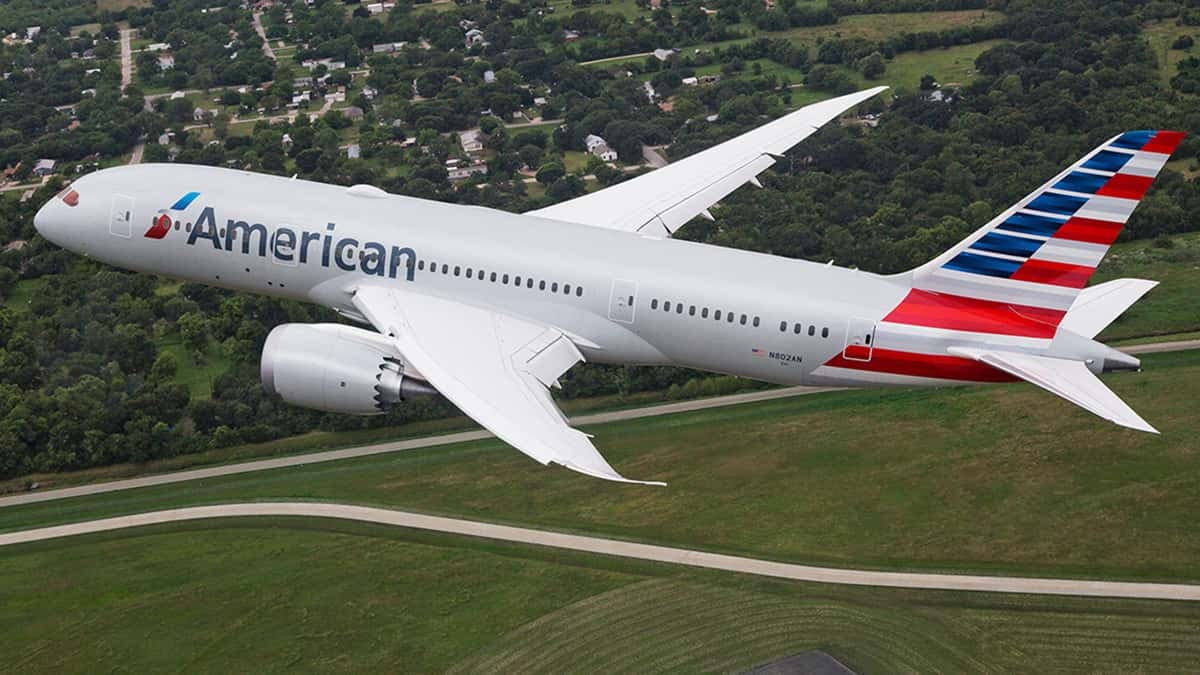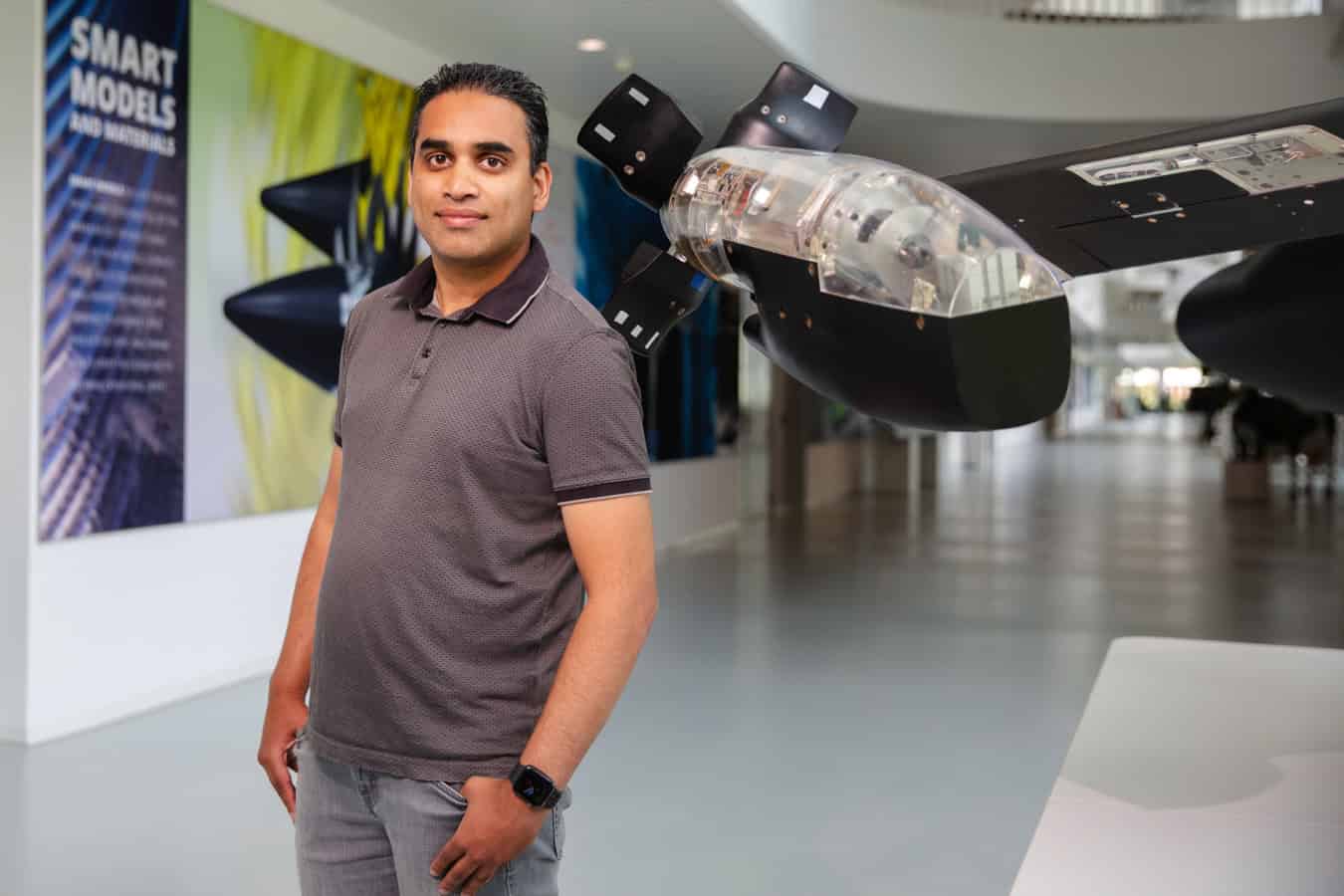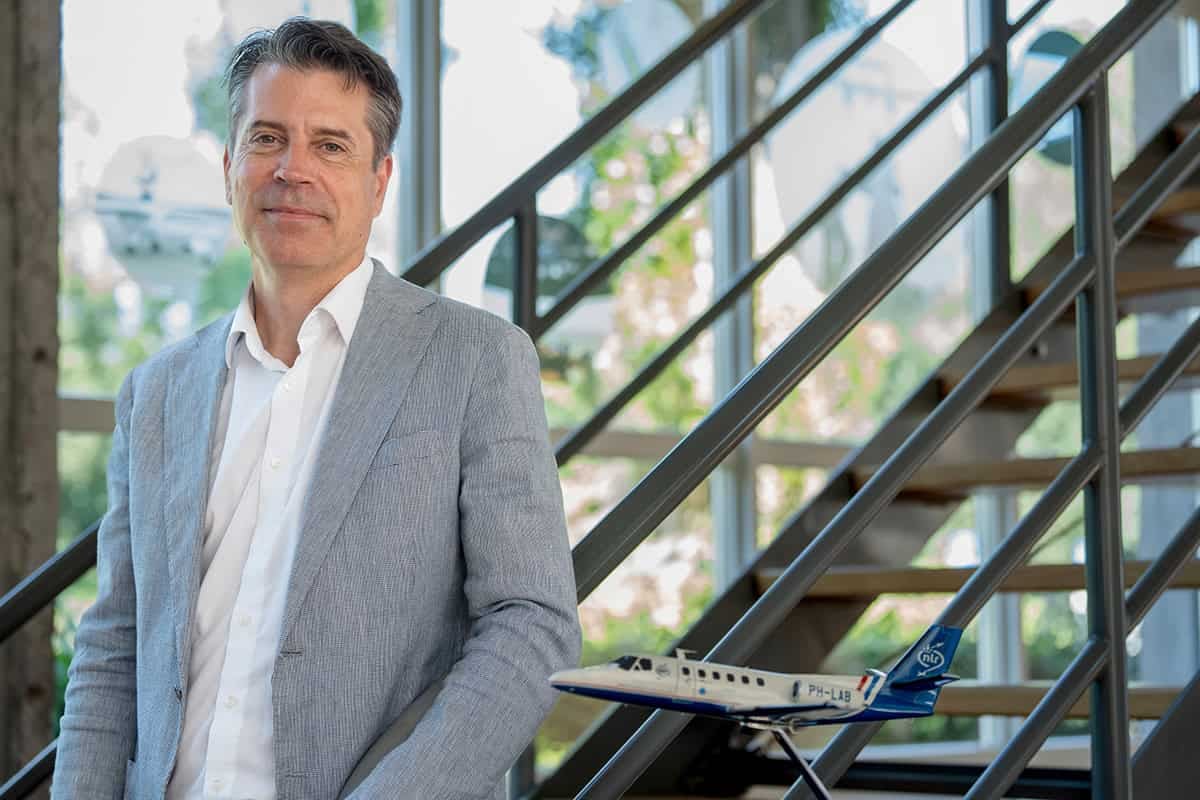
The aviation industry is on the cusp of a green revolution, with major strides being made in reducing aircraft emissions. Spearheading this movement is Wizz Air, recently awarded ‘Most Sustainable Low-Cost Airline’ for the third consecutive year. The airline is actively supporting the Airbus ZEROe project, which aims to develop hydrogen-powered aircraft by 2035. Moreover, Wizz Air is backing sustainable aviation fuel (SAF) production, with projects like Firefly and CleanJoule. Others are taking it a step further and focussing on full electric aviation. This route is not without its challenges. Battery life restricts the commercial viability of electric planes, as recently admitted by a leading developer. Yet, a report from the Institute for Transport Economics suggests incentivised public service flights could kickstart net-zero electric aviation in Norway, highlighting the industry’s progress and potential.
- As the aviation industry works on sustainability we will see a diverse range of solutions.
- Norway is pushing the boundaries with an aim for full electric domestic flights.
Wizz Air: A champion of sustainability
Wizz Air, a leading low-cost airline, has been recognised as the ‘Most Sustainable Low-Cost Airline’ for the third consecutive year. This recognition is due to its commitment to efficiency and sustainability, evident in its fleet investment program and the use of fuel-efficient Airbus A321neo aircraft. These aircraft, equipped with high-density cabins, enable Wizz Air to claim a lower per passenger carbon footprint compared to other major airlines.

Wizz Air aims to reduce its carbon intensity from 53.8g per passenger per km to 42.6g by 2030. It is actively involved in the Airbus ZEROe project, which focuses on developing hydrogen-powered aircraft by 2035. Moreover, Wizz Air has made equity investments in two separate SAF production projects, Firefly and CleanJoule. These investments aim to secure future SAF supplies and ensure compliance with upcoming EU mandates.
Electric aircraft: A promising prospect
The aviation industry is also seeing a rise in electric aircraft startups. These companies are developing electric aircraft with features like zero operating emissions, high mile range, and vertical take-off and landing management. They cater to various applications, including defence, industrial, aerial ride-sharing, cargo delivery, and passenger transport.
However, the main challenge for electric flying is the bulky and heavy batteries, which limit the travel range. Despite the range limitations, there is a demand for electric aircraft with companies like Cape Air, GlobalX Airlines, Deutsche Post, and Evia Aero placing orders for Eviation’s Alice, an electric passenger plane.
Norway leading the way
Norway, in alignment with the European Union’s net zero commitment, aims to introduce electric aircraft as soon as possible. It views the proposed electrified route between Førde and Bergen as a crucial step towards achieving this goal.
To encourage the adoption of green aviation, clear objectives, economic incentives, and longer contract periods for public sector obligation air services have been suggested. The report by the Institute for Transport Economics highlights the potential of incentivised public service flights kickstarting net-zero electric aviation in Norway.
In Norway, the work done by El-Fly is contributing to the advancement of electric aviation. El-Fly is focused on designing versatile all-electric seaplanes for the transportation of people and goods. They plan to launch their services in Norway initially and then expand to other locations. The aim is to provide an emission-free mode of transportation from city center to city center, reducing travel time significantly.
Electric seaplanes require minimal infrastructure to operate and their batteries are recharged using clean electricity from Norway’s 98% renewable energy grid. By utilizing electric seaplanes, El-Fly aims to offer a transportation option that is both efficient and environmentally friendly.
Where do we stand now?
Despite the progress made in reducing emissions and developing alternative fuel sources, the aviation industry’s path towards sustainability is fraught with challenges. The current improvements are marginal and rely on traditional fossiel fuel en jet technology. The limitations and costs associated with sustainable aviation fuel are a significant concern. The range restrictions and limited battery energy density pose challenges for electric flights. Nevertheless, Rolls-Royce’s chief technology officer believes that all-electric aircraft of up to 30 seats will be flying by 2030, with Norway leading the way in Europe.

The future of aviation will likely involve a combination of solutions, including hydrogen-powered aircraft, electric planes, and SAFs, to reduce the industry’s climate impact. Initiatives like the Airbus ZEROe project and the development of electric planes by startups demonstrate the industry’s commitment to a greener future. While fully electric planes may still be some years away, hybrid aircraft are seen as a viable stepping stone.








